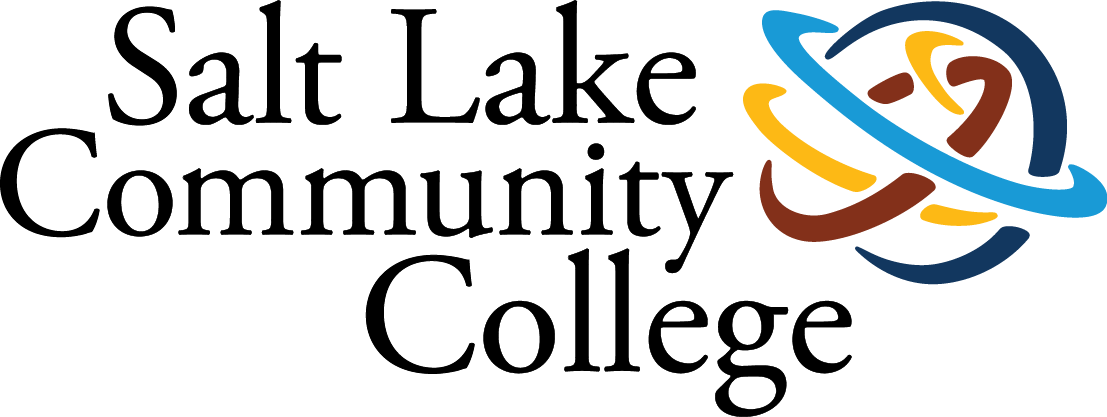Citations: Author-Date (Name-Year) Style
In-text citation
The author-date (also called name-year) system is used in many career fields. The in-text citation usually contains the author’s surname and the year of the publication. I may also contain other information such as what page number the quotation was found, etc. Here are some examples of in-text citation:
Examples
Jones’ (2016) findings suggest that Godzilla has not recently terrorized any islands.
Recent research suggests that Godzilla has not recently terrorized any islands (Jones 2016).
Many journals will place a comma between the author’s surname and the year: (Jones, 2016). This is in keeping with APA style; however, others such as the CSE do not use the comma as in the examples given above. If it becomes necessary to add a page number, you would add a comma after the year and then list the page number(s) for the source of the quotation: (Jones 2016, 4).
It cannot be stressed enough that you need to research what style is commonly used in your major. Also understand that different journals even in the same field may have different style requirements.
End References
Using the author’s surname and date a reader then can refer to the end references and find the full citation. The full citation contains all the necessary information to look up the author’s source for the quotation or reference. Here are some examples:
Examples
Jones, L. 2016. An update on Godzilla’s rampage: Who is in danger? Journal of Scientific Research on Kaiju, 8 (3), 12-36.
Suzuki, I. 2017. Rampaging monsters. New York, NY: Kaiju Imprints, LTD.
Telemann, G. 2018. Crisis in Tokyo: Godzilla returns once again. Kaiju News [accessed 2019 Jan 15]. http://www.kaijunews.com. doi:10.1136/kjn.3307500.119
In the author-date system references are listed alphabetically by author’s surname. Regardless of which system you use notice that, unlike MLA, titles to articles are not put in quotation marks or italicized and only the first word and proper nouns are titled. This is common in most citation styles in STEM fields.
In the case of webpages give date accessed and last edited or published if available. Don’t forget to use hanging indent. Finally include the DOI if available. A DOI is a Digital Object Identifier used to permanently identify an article or document and link it to the web; you can find more info on DOI and how to use them on the internet.
Writing tip: Personal communications (email, interview, etc.) are referred to only in in-text references and not in end references. The citation would look like this:
Examples
He told me that Godzilla has not yet destroyed Hawaii (Feb. 3, 2018, email from L. Jones to author; unreferenced).

